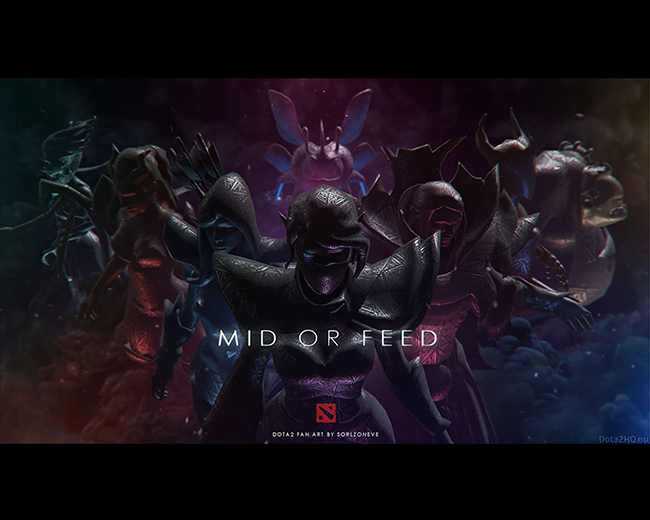
Break into Dota2's Game Design & Algorithm
Overview
Dota 2 is played with 10 players, and pits 5 players on one side versus 5 on the other. The two sides are named "Radiant" and "Dire". Each team starts on opposite corners of the map. Each player controls one hero for the X length of the match. The objective goal is to destroy the "Throne" of the opposing team; it is the building that situated the deepest in each base.
Algorithm
Chance vs Skill: The key concepts inside the genetic algorithm are inheritance, mutation, selection, and crossover (Shiffman). One word to describe the highlights and the beauty of genetic algorithm is randomness - a technical approach to keep the game fresh and unpredictable. However that doesn't mean "chance" is the dominant factor to win the game, because players are controlling the mutations/crossovers (relationships / combinations among heroes, spells, and items), and every other aspects of their heroes. Although there are spells involve chances that could affect the output of a battle (like critical strike), player's skills are still the leading factor to win, because even a little mistake on the positioning of your hero can cause your team a disaster.
SWOP
Strength: The algorithm provides a base structure for the game, and also tries to create the "no strongest" atmosphere. One approach is the chain-relationships among the heroes (1 counters 2, 2 counters 3, and 3 counters 1). Another approach is the "growth" of heroes - some heroes may have advantages over the other heroes at a certain time interval. The time intervals can be break down into three sections "early game", "mid game", and "late game".
Opportunity: The two approaches above allow game designers / developers to have decent attempts on balancing the game.
Weakness: When the size of populations (heroes, spells, items) increases, the amount of outcomes also increases, and will be almost impossible to test them all! Using Dota's current populations: the total outcomes of DPS = 112 heroes * all the possible combinations of spells selections at each level *all the combinations of 129 items that they can be purchased for the 6x item slots. The result of unable to test all possible outcomes, leaves chances to the smart players to discover and take advantage of the "over power combination". That is why after almost every "big" tournaments, there are updates or nerfs that eradicate the overpower combinations.
Threats: Smart Players + Possible Over-Power Combinations = the destruction of the theoretically balanced mechanics.
My Simulation Development
Techonolgies
Unity C#

